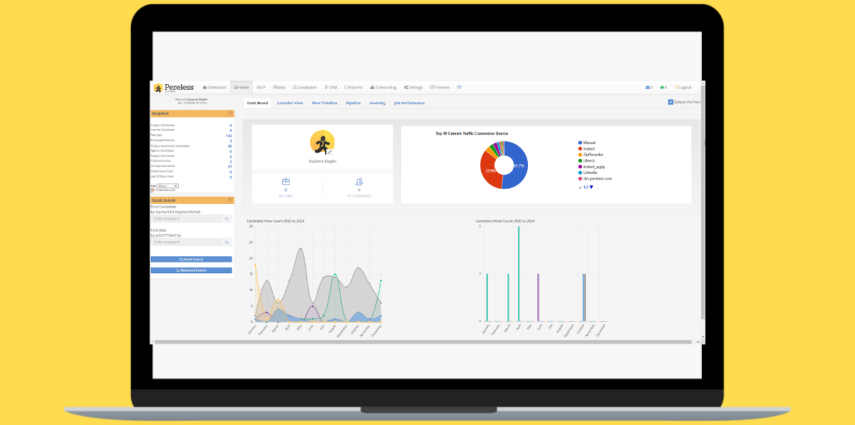For business owners, recruiting top talent isn’t just about filling vacancies — it’s about driving growth and building a competitive edge. But what if your recruiting efforts could also directly improve your bottom line? By leveraging tax credits strategically, your hiring process can transform from a costly expense into a profit center. Here’s how you can navigate recruiting, applicant tracking systems (ATS), and tax credits like a pro to optimize your Human Resources efforts.
Understanding the Power of Tax Credits in Recruiting
Tax credits are essentially incentives offered by the government to encourage certain kinds of hiring—think veterans, employees with disabilities, or individuals from targeted groups. These credits can reduce your tax liability dollar-for-dollar, which means you keep more of your hard-earned revenue.
When you align your recruiting strategy with these tax credit opportunities, you create a compelling financial advantage. For example, the Work Opportunity Tax Credit (WOTC) encourages employers to hire from specific groups, allowing you to claim credits after verifying eligibility.
Integrating an ATS to Streamline Hiring and Maximize Tax Credits
An effective applicant tracking system (ATS) is a game-changer in modern recruiting. Not only does an ATS help you handle large volumes of job applications efficiently, but it also enables you to identify candidates who qualify for tax credits systematically.
By integrating tax credit screening into your ATS workflow, your Human Resources team can flag eligible applicants early, submit the necessary documentation promptly, and avoid missing crucial deadlines. This technological edge ensures you maximize every dollar available—turning recruiting from a back-office cost into a measurable profit center.
Steps to Turn Recruiting into a Profit Center Using Tax Credits
Educate Your HR Team: Ensure your hiring and Human Resources staff understand tax credits, how they work, and the documentation required. Without this knowledge, opportunities slip through the cracks.
Choose the Right ATS: Select or customize an applicant tracking system that supports tax credit screening. Features to look for include automation of candidate qualification checks and integration with tax credit submission portals.
Target Eligible Talent Pools: Focus recruiting efforts on groups that qualify for tax credits like veterans, disabled workers, or other federally designated categories. This doesn’t mean limiting diversity — it means smartly casting your net where financial incentives exist.
Track and Document Meticulously: Keeping detailed records during hiring ensures you meet compliance requirements and substantiate your tax credit claims during audits.
Collaborate with Tax Professionals: Work closely with accountants or tax advisors who specialize in business credits. They can maximize claims and help navigate complex regulations.
Why Business Owners Should Care
Business owners often view recruiting as an unavoidable expense, but shifting that mindset can yield tangible financial returns. Incorporating tax credit strategies into your hiring process transforms Human Resources into a revenue-generating asset. Plus, better recruiting fueled by an ATS improves the quality of hires, reduces turnover, and enhances overall productivity.
In a competitive market, gaining every possible advantage—including financial incentives—makes your recruitment dollars go further. With the right tools and knowledge, you not only attract great talent but also boost your profitability.
Bradford’s Takeaway
Recruiting doesn’t have to drain your resources. By combining a robust applicant tracking system with strategic focus on tax credits, business owners can turn hiring into a profitable, streamlined endeavor. Educate your Human Resources team, optimize your ATS for tax credit identification, and target qualified talent pools to claim valuable government incentives. These smart recruiting practices ultimately help you hire effectively while improving your bottom line — a true win-win.
Start leveraging tax credits in your recruiting today and watch your hiring process transform from a cost center into a powerful profit engine. Book your demo today!












